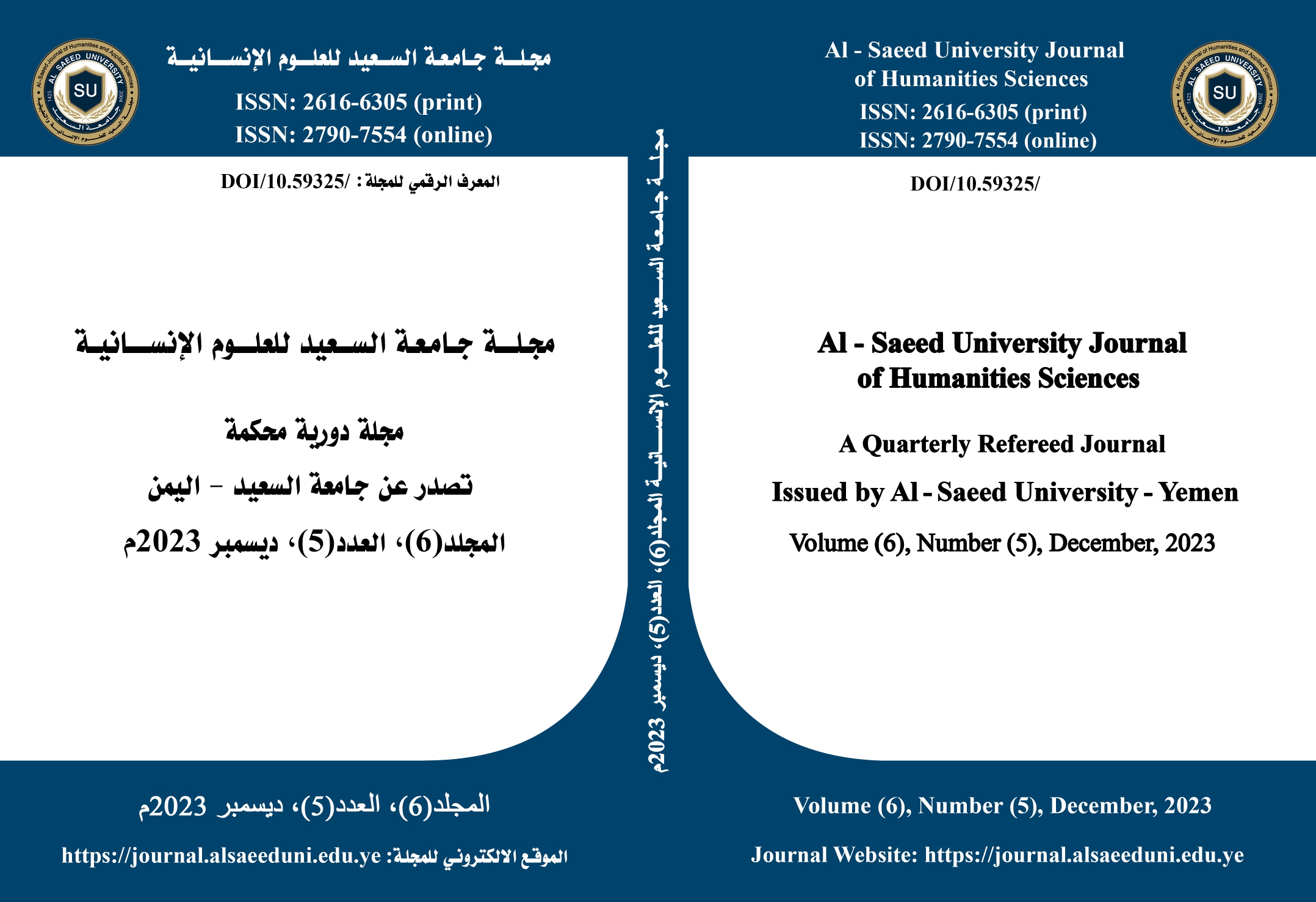Total Quality Management: A strategic approach to enhancing achievement motivation among rapid response employees in the Health and Population Office and its branches in the city of Taiz
DOI:
https://doi.org/10.59325/sjhas.v6i5.191Keywords:
Total quality management, Achievement Motivation, Rapid ResponseAbstract
Total Quality Management: A strategic approach to enhancing achievement motivation among rapid response employees in the Health and Population Offices in Taiz City.
The study aimed to identify the relationship and impact of total quality management on achievement motivation among rapid response employees of Health and Population Offices in Taiz City. The study population consisted of all employees of Health and Population Offices in Taiz City under study, and their number is (150) male and female employees, so (120) questionnaires.
The results indicated that the level of application of total quality management in the health and population offices in Taiz City is high, and the level of achievement motivation among the rapid response employees is high. The results also showed that there is a statistically significant impact of the application of total quality management on the achievement motivation of the rapid response employees. In addition, the two variables of focus on human resources and quality control had an impact on achievement motivation, as well as the results show that there is no effect of the two variables of planning for quality and continuous improvement on achievement motivation.
Downloads
Published
How to Cite
Issue
Section
License
copyright is retained by the authors. Articles are licensed under an open access Creative Commons CC BY 4.0 license, meaning that anyone may download and read the paper for free. In addition, the article may be reused and quoted provided that the original published version is cited. These conditions allow for maximum use and exposure of the work.



